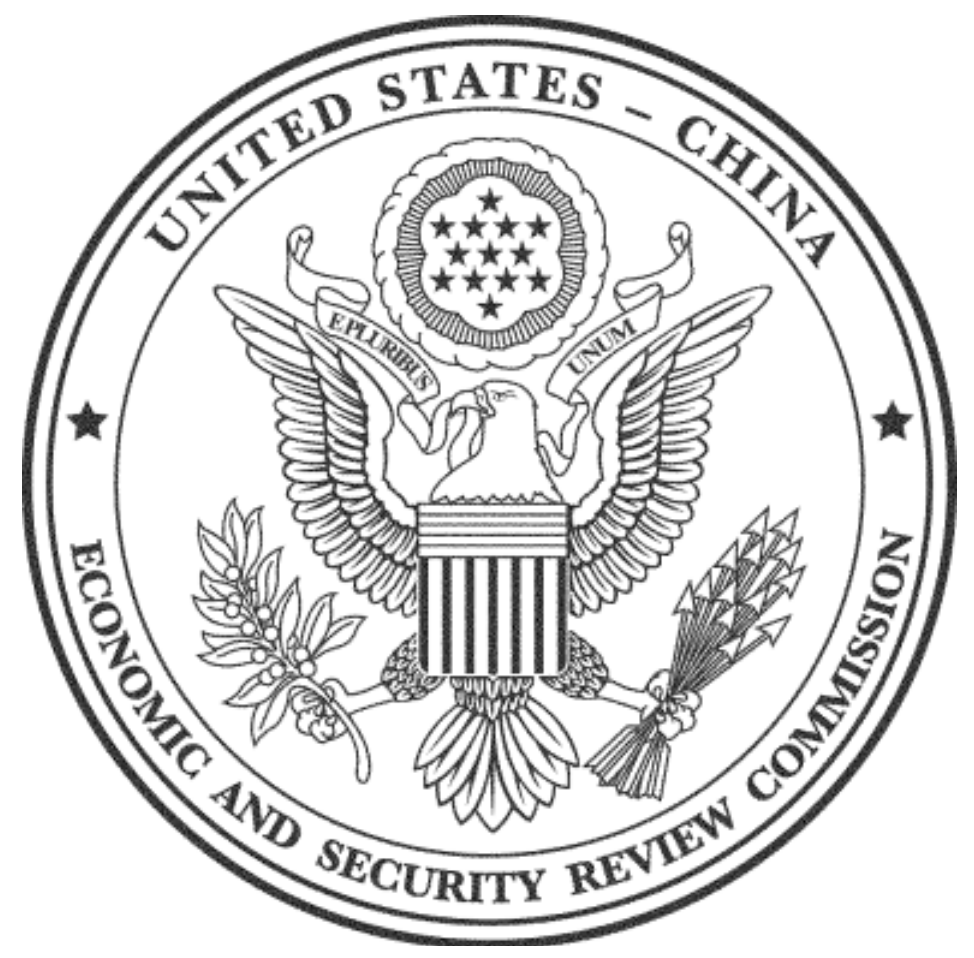Blog Post
India in 2024: Narendra Modi once more, but to what end?
Even with the recent economic slowdown, India still boasts Asia’s fastest growing economy in 2018. But beneath the veneer of impressive GDP expansion, uneasiness about India’s economic model clearly tempers enthusiasm.
Indians are widely expected to decide to continue the country’s current economic development path under the leadership of the Bharatiya Janata Party (BJP).[1] Even with the recent economic slowdown, India still boasts Asia’s fastest growing economy in 2018. But beneath the veneer of impressive GDP expansion, uneasiness about India’s economic model clearly tempers enthusiasm. There is no doubt that the slowdown of India’s economy casts shadow on Narendra Modi’s second term and whether this time it will be different.
Growth is particularly important to India not only because of its need to converge given low GDP per capita but also huge pressure on job creation on the back of its rapidly growing population. In fact, India struggles to generate enough formal jobs and lacks capital to invest in infrastructure to absorb existing excess supply for labour, let alone the rapidly rising population.
To assess what is at stake in Modi’s second term, we analyse India from two perspectives: a) the progress the Modi government has made thus far on key pillars of his pledges since coming to power in 2014; b) the scale of reforms that is needed for India to reach its potential. For the latter, we use China as a comparison based on similar population size and, possibly, even global ambition in many ways.
First, Modi has made progress but far from enough when compared to what India needs. We analysed Modi’s pledges within the framework of the Solow growth model, which looks at three factors of output/production: labour, capital and productivity (soft infrastructure reforms). India does not have a supply of labour challenge like those in East Asia, as its working age population is expected to expand rapidly so much so that it needs to create millions of jobs per year in the next decade to absorb the incoming labour (Chart 1). Beyond the employment needs, India struggles on total factor productivity, which requires capital to absorb existing and incoming labour into more productive sectors as well as reforms to reduce red tape. This requires reforms on all three aspects of the Solow growth model to escape from its current low middle-income trap.
Currently, India has a low labour participation rate, especially compared with China (Chart 2). Worse still, within the Indian employment population, the vast majority is still stuck in informal sectors, which equates to low total factor productivity. For China, informal employment takes up significantly less proportion of the total. The situation can only get worse for India unless many more formal jobs are created.


These challenges are well understood within the academic and political circle of India and have been sources of how to address the ills of India’s under-performance despite great demographic potential. Modi and his BJP have made pledges on the key challenges of the economy.
First, let’s start with the positive progress Modi has made since 2014 – most of which are pertaining to capital while he underperforms on his labour and productivity promises. Capital is obviously important as the infrastructure deficit is a clear bottleneck to create more jobs. Regarding capital, there are two obvious ways to increase it: Foreign capital and public investment. As for the former, Modi has tried to liberalise both FDI and portfolio with mixed results. Within his Make in India campaign, a few measures to open up some sectors to foreign competition have been taken, which has helped increase FDI into India (Chart 6). That said, it is still significantly less than what is really needed to increase demand for workers, particularly in the manufacturing sector which only comprises of a small percentage of GDP even compared to China’s in the early 2000s (Chart 11).
Moreover, Modi has backtracked some of his reforms, particularly for the opening up of e-commerce as it draws backlash from small and medium retailers and they are a large part of the voting populace. For example, the recently announced e-commerce rule to cap the inventory sourcing of online retailers from a same supplier – many of them are stake holders of these online retailers, has hurt Amazon at the benefit of domestic players and raised questions about the commitment and consistency of foreign investment policy in India.
In addition to a relatively shallow opening up to inward FDI, his government has also further liberalised portfolio investment. In particular, the quota for foreign investment in Indian government bonds is gradually lifted.
As regards the public investment, Modi has tried to increase the tax base, by introducing goods and services taxes (GST), which aims to harmonize existing taxes with much more simplified codes. This has resulted in the improving rank of paying taxes in ease of doing business for India (Chart 3 and Chart 4).


On the management of capital, particularly banking sector reform, the Modi government passed the Insolvency and Bankruptcy Code to provide a clear framework for the path of the recovery of debts. That said, non-performing loan (NLP) ratio remains high for public banks. Modi also demonetised the economy in hope to track down and bring back black money stashed in foreign banks and offshore accounts. This removed the majority of currency from the system but faced backlashed in that it disproportionately hurt small and medium enterprises and resulted in job losses. Based on data from the Centre for Monitoring the Indian Economy, both GST and demonetisation caused massive job losses in 2018.
While Modi has made progress on whatever concerns capital as a factor of production, he has clearly fallen short on both labour and productivity reforms. On the labour side, his government has discontinued a meaningful comprehensive labour data collection, but our estimate is that the Indian economy is far from delivering much-needed jobs for the massive supply of labour. Modi promised 10 million jobs per year but new payroll records from EPFO point to a huge gap of jobs created in 2018 (Chart 5). Moreover, the ILO estimates for informal labour have worsened over the years as the size of vulnerable employment rises to and that’s already on top of half of the working age population being idle.

 The weakness of the job picture is supported by incorporating FDI inflows into the manufacturing sector. The Make in India slogan primarily attracts services and information & communication technology while not enough is in manufacturing FDI (Chart 6). In other words, this is a drop in the bucket of what is needed for India to become self-sufficient in manufacturing let alone becoming a manufacturing centre of the world. For example, India export a comparable amount in manufacturing goods in 2018 to Vietnam’s, a country significantly smaller in size. It does not help that Modi’s pledge to improve infrastructure is held back by limited public funding and a banking sector saddled with bad loans and dominated by state-owned banks. In fact, the quality of India’s infrastructure has seen little improvement over the past 5 years (Chart 7). Moreover, India’s infrastructure spending has been stuck in low gear since 2014 too (Chart 8).
The weakness of the job picture is supported by incorporating FDI inflows into the manufacturing sector. The Make in India slogan primarily attracts services and information & communication technology while not enough is in manufacturing FDI (Chart 6). In other words, this is a drop in the bucket of what is needed for India to become self-sufficient in manufacturing let alone becoming a manufacturing centre of the world. For example, India export a comparable amount in manufacturing goods in 2018 to Vietnam’s, a country significantly smaller in size. It does not help that Modi’s pledge to improve infrastructure is held back by limited public funding and a banking sector saddled with bad loans and dominated by state-owned banks. In fact, the quality of India’s infrastructure has seen little improvement over the past 5 years (Chart 7). Moreover, India’s infrastructure spending has been stuck in low gear since 2014 too (Chart 8).


One of the key challenges to investment and development in India is restrictive land and labour laws. And Modi promised to repeal the Amend the Land Acquisition Act of 2013, which is a barrier to investment and development, but on August 31, 2015, Modi decided to not go forward with amending the Land Acquisition Act of 2013. Modi also promised to review and amend Labour laws, which is onerous, but has not done so. For example, India requires that any firm employing more than 100 workers must seek and receive government permission before dismissing any worker. Employers therefore hire employees informally to get around this law and as a result, the majority of India’s workforce is informal.
In short, while the Modi government has made progress in attracting capital, its pace of progress has been snail-pace in comparison to what is needed to allow India to turn its rising working age population into a demographic dividend. In the next section, we will discuss what is needed for India to do so.


Second, what is needed to take India to the next level: savings and investment. The only country that is comparable to India is China due to their massive sub-continental population size (as well as geographic). For India, the road forward is clear – it needs to raise its capital stock per worker; the debate is how it will do so. China’s experience in the early 2000s may prove to be an important lesson for India. There are two key differentiators between India and China: a) China’s rapid urbanisation of the rural population by moving farmers into factories by attracting FDI in manufacturing to capitalise its labour comparative advantage; b) China’s raising of the savings rate to finance necessary infrastructure projects and to develop sectors needed for industrialisation.
We discussed in the previous sections that the key challenges to India are well understood, such as labour and land reforms. That said, the scale of progress needed is not often discussed. Although India is the only country that can absorb the labour-intensive manufacturing that is increasingly more uncompetitive in China, it only attracts as much manufacturing FDI as Vietnam, a country a tenth of its size.
Currently, India attracts small amounts of manufacturing FDI, which is the same level in the past eight years. If we compare this to China when it joined the WTO in 2001, the level is too low to attract much-needed capital, particularly the kind of capital that demands a lot of workers. As a share of fixed asset investment (FAI), manufacturing FDI in India also lagged behind. As an aggregate, India doesn’t do as badly, but as we mentioned, most are not in much-needed manufacturing. Meaning, India needs to absorb much more capital from the rest of the world than it currently does to boost labour demand in manufacturing.


Beyond using its labour surplus advantage to attract labour-intensive manufacturing, India needs to also increase its savings rate to be able to fund much-needed infrastructure development. Such gap is particularly salient when compared to China in early 2000s. The country’s persistent current account deficit makes it vulnerable to volatile capital flows, another key reason that it needs to attract more FDI and also raise the savings rate. Because of this capital deficit, the Indian government cannot do public-led investment without significantly raising the deficit. The previous administration forcing of state-owned bank to lend to infrastructure firms caused a high increase of NPLs. Since then, the investment on infrastructure has declined. Our assessment of significantly lower investment of India than China’s means there is a lot of scope to increase.


In short, our analysis of Modi progress report shows that he has made some progress in attracting capital and reforming the banking sector. That said, much of the work is left unfinished as India still does not attract enough FDI in manufacturing to absorb its labour force. Indeed, India needs to attract 2% more of GDP than it current does. This should help it leverage its excess labour supply to absorb much-needed capital from the rest of the world and close the financing gap. Moreover, India needs to also increase its savings rate to boost infrastructure investment. Both require Modi to be much bolder reforms in his second term that is certainly a strong leap from where it is today.
Endnotes
[1] India has a parliamentary system similar to the UK where the PM is not directly elected and so Modi’s re-election is dependent on his party the BJP.
Republishing and referencing
Bruegel considers itself a public good and takes no institutional standpoint. Anyone is free to republish and/or quote this post without prior consent. Please provide a full reference, clearly stating Bruegel and the relevant author as the source, and include a prominent hyperlink to the original post.






